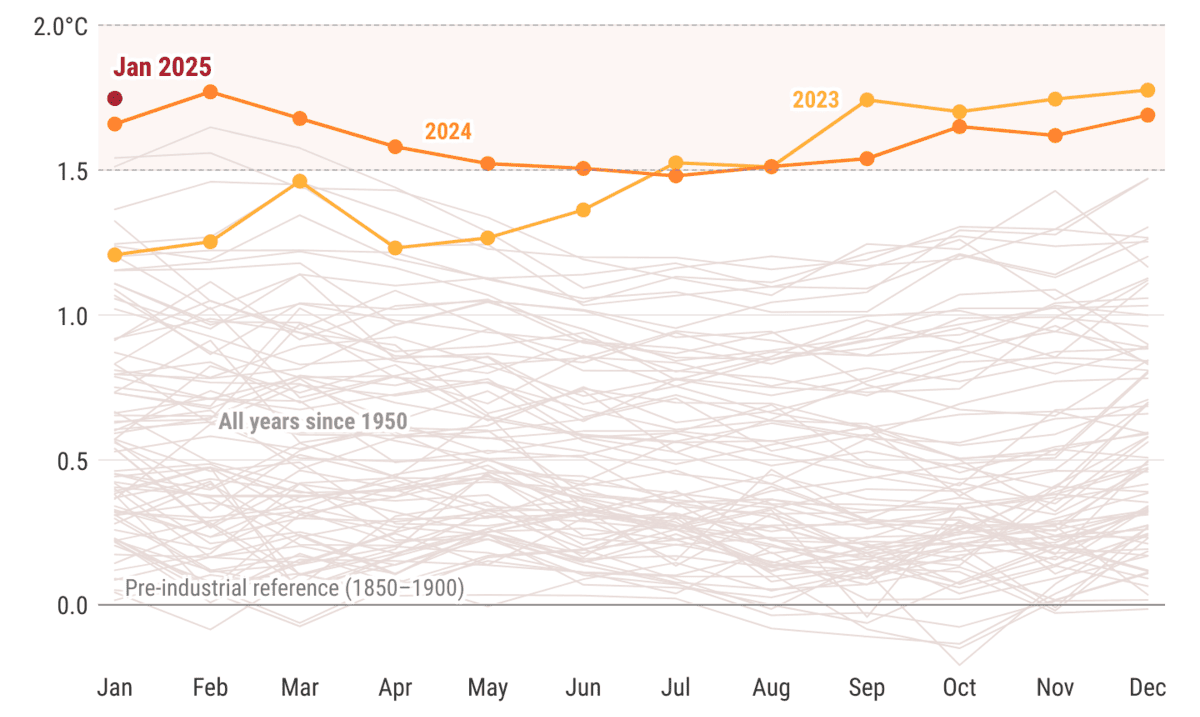
Earth is getting warmer—and the cause is human activity. Since 1880, the planet’s average surface
temperature has increased by about 2°F, and two-thirds of that warming has occurred since 1975. The
reason? Carbon dioxide, methane, and other greenhouse gases released by burning fossil fuels trap
heat in the atmosphere like a blanket.
This warming trend is confirmed by independent data from NASA, NOAA, and multiple international
climate agencies. As the planet heats up, we see more than just temperature changes—we see rising
seas, melting glaciers, shifting weather, and threats to agriculture, health, and biodiversity.
Sea level is rising—and it’s speeding up. Since 1900, global sea levels have risen by more than
8 inches , with over 3 inches added since 1993 alone, according to NASA. Melting ice
sheets in
Greenland and Antarctica, plus thermal expansion (as water warms, it expands), are the main drivers.
Low-lying coastal regions are flooding more often, even during high tides and clear skies. In cities
like Jakarta, Miami, and New York, “nuisance flooding” is already disrupting daily life. Scientists
predict sea levels could rise by 1 to 4 feet by 2100 if emissions continue unchecked.
Wildfires are burning longer and hotter than ever before. A warming climate dries out forests and
brush, creating perfect fuel for fast-spreading fires. The U.S. West, Mediterranean Europe, and
Australia have seen historic wildfires in recent years. According to NOAA, fire seasons now last
almost three months longer than they did in the 1970s.
Simultaneously, heatwaves are becoming more frequent, intense, and dangerous. 2023 tied for the
hottest year on record, with multiple continents experiencing prolonged heat emergencies. These
events increase hospitalizations, cause blackouts, and threaten food supplies—especially in
underserved areas.
Climate change is shifting the rhythm of our planet’s weather. It doesn’t cause storms directly, but
it makes them more extreme. Warmer oceans supercharge hurricanes and typhoons, while hotter air
holds more moisture, making rainstorms and floods more severe.
Droughts are lasting longer. Cold snaps are behaving more erratically. And seasonal patterns that
farmers and ecosystems rely on are breaking down. According to the IPCC and NOAA, events once
considered “once-in-a-century” are now happening every few years—and they’re getting worse.